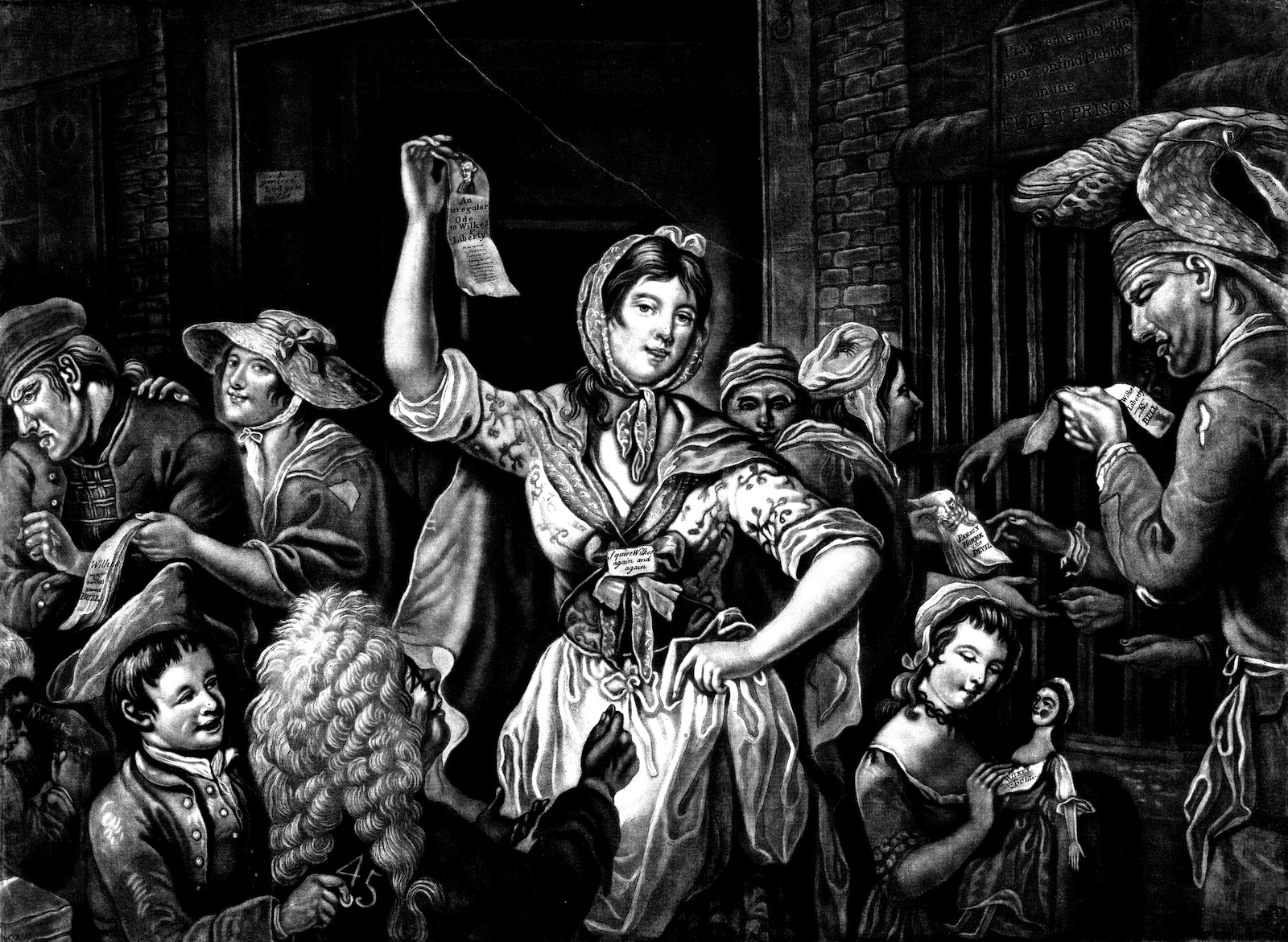Political Graffiti in Georgian Britain
The 18th century was the age of graffiti, when the writing on the wall turned political.

In December 1731 an anonymous author was preparing for the publication of the third edition of an odd little book that had already taken Britain by storm. The Merry thought, or Glass-Window and Bog-House Miscellany was a collection of graffiti – line after line transcribed, first from London and, by the third edition, from towns and cities across Britain. There were the proud boasts of drunken sailors, the sad laments and dire warnings of discarded sex workers (‘I became all things to all men to gain some, or I must have starved’), the rebellious complaints of the poor and marginalised and the elegant rhyming couplets of aristocrats who sipped claret in the top rooms of taverns along new turnpike roads.
